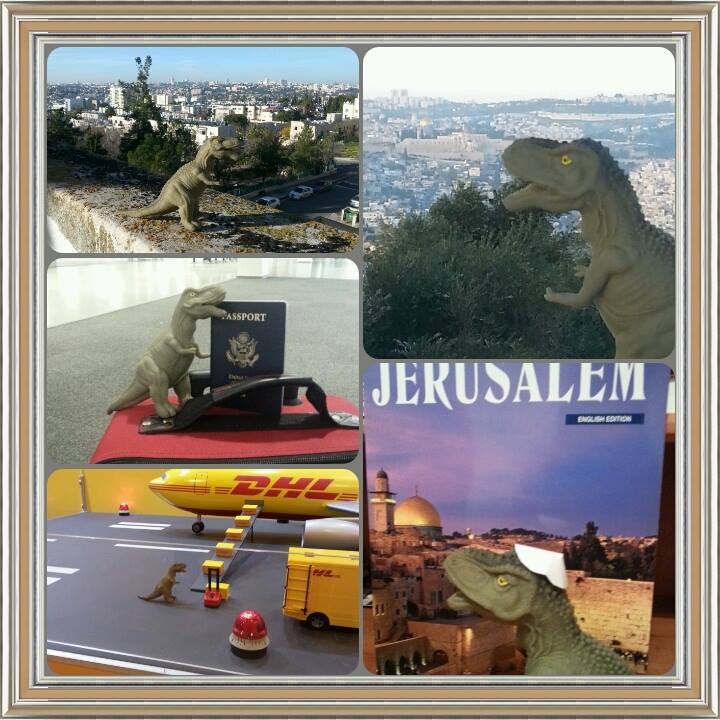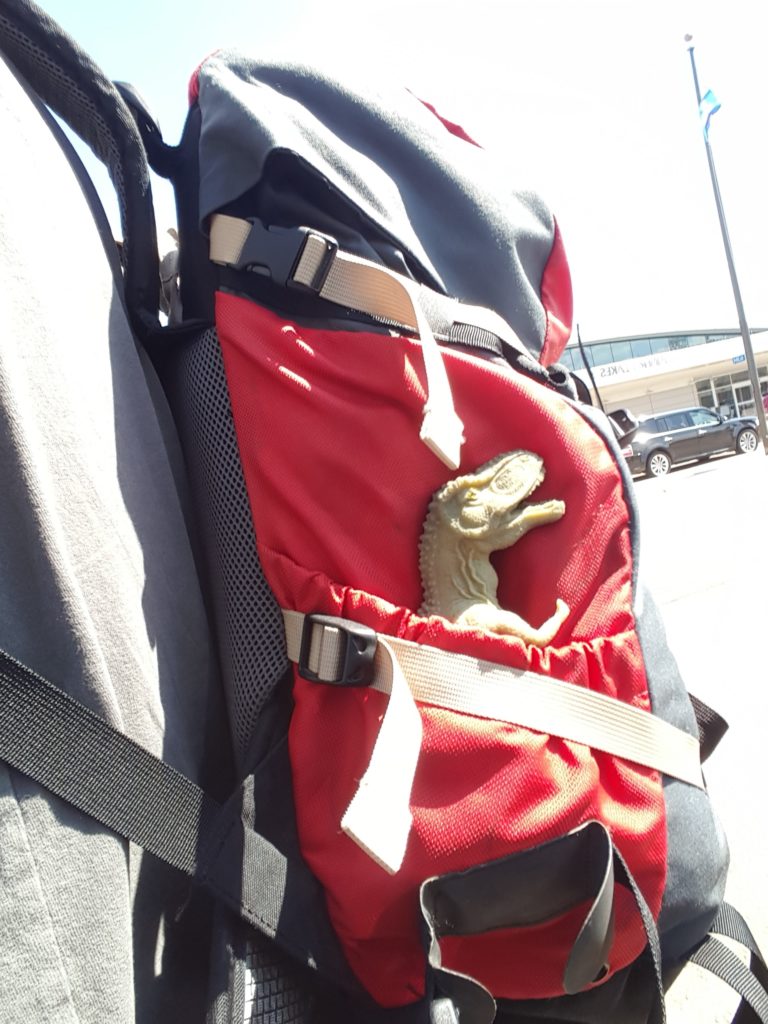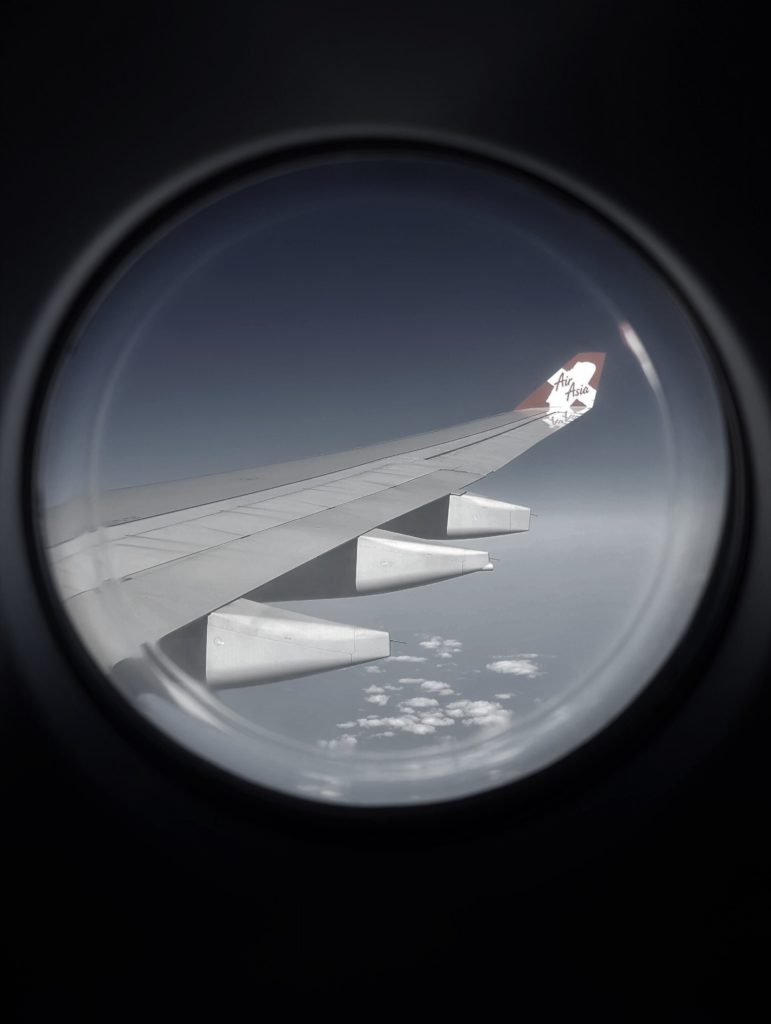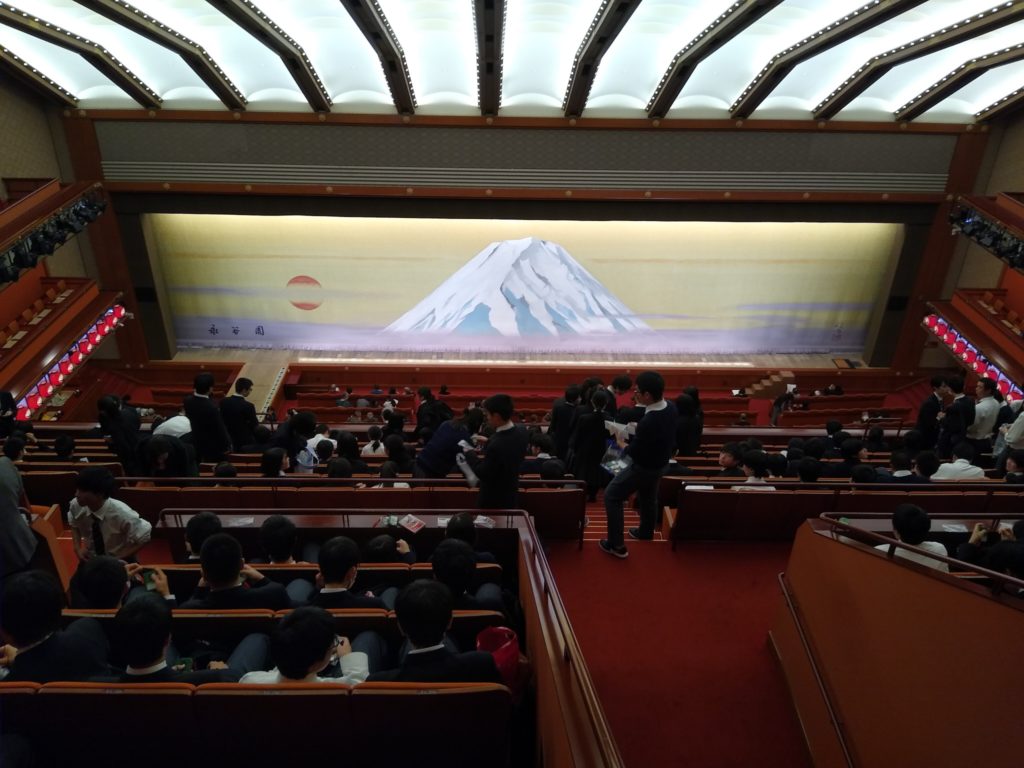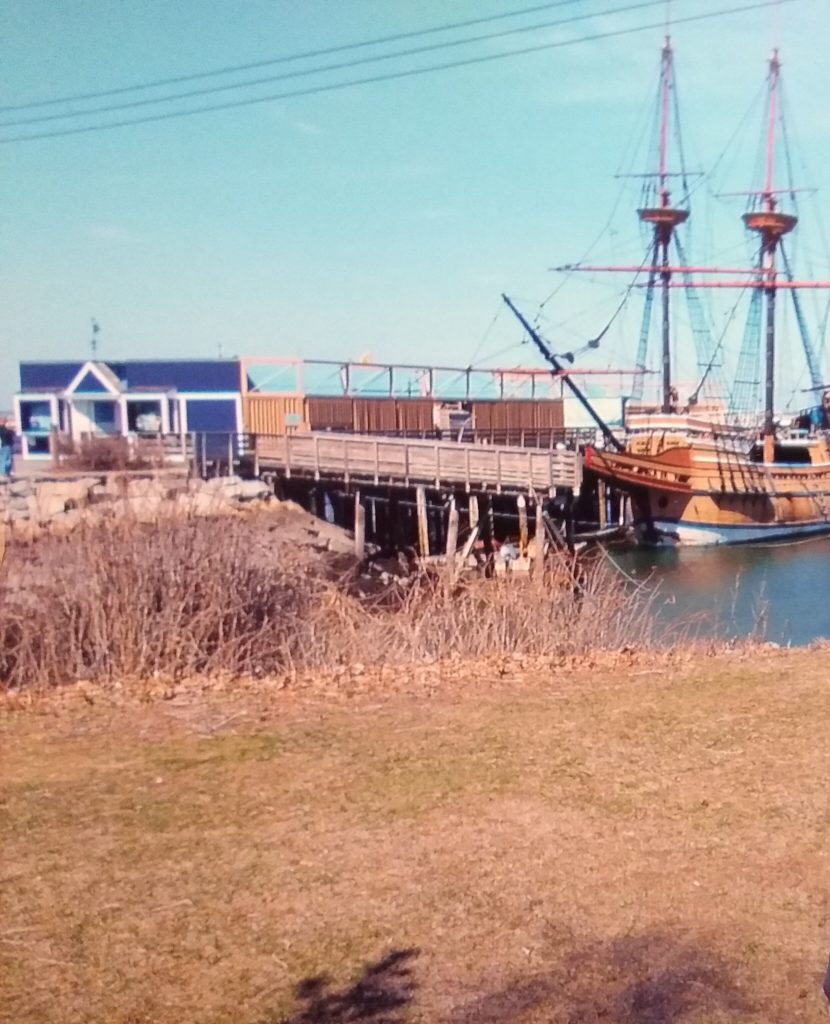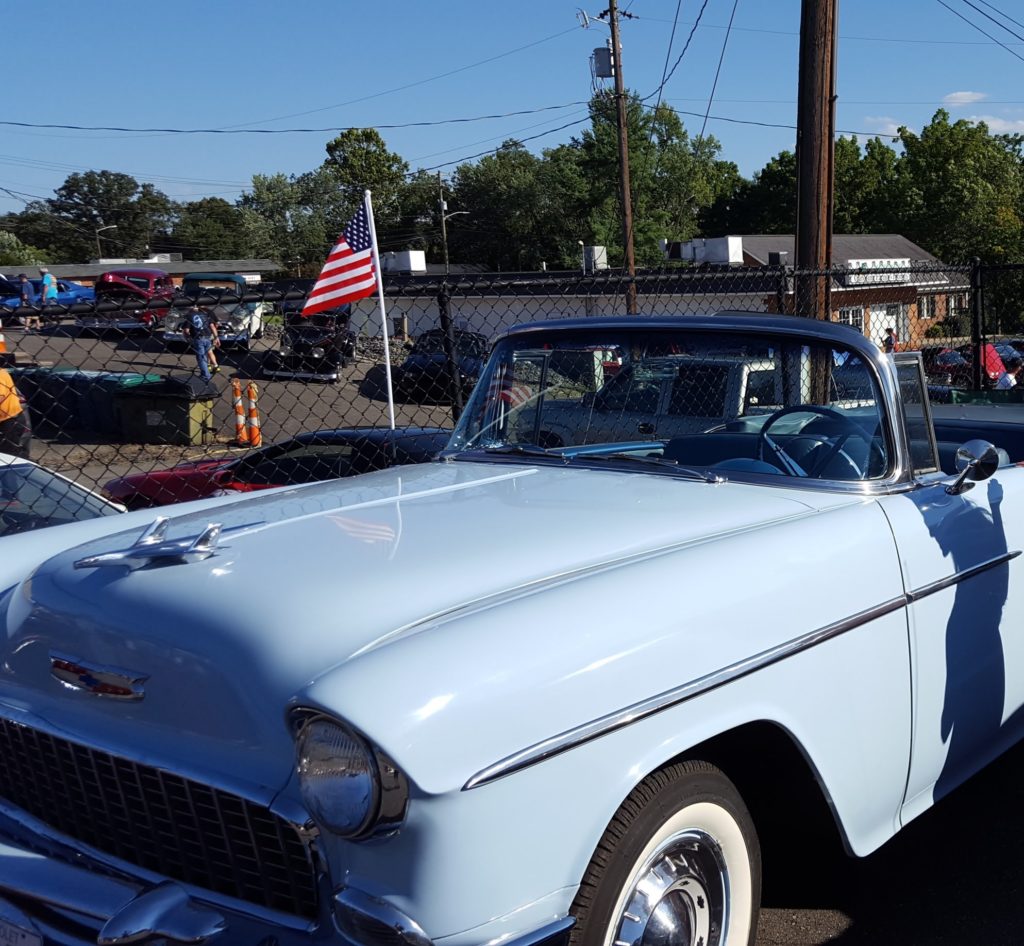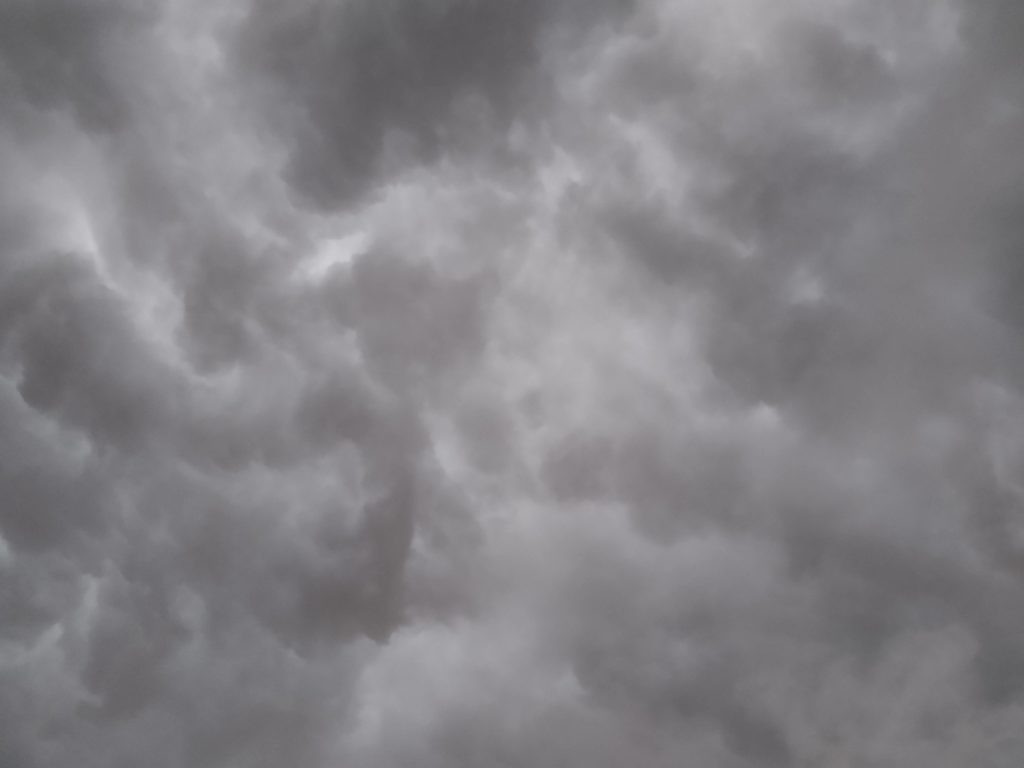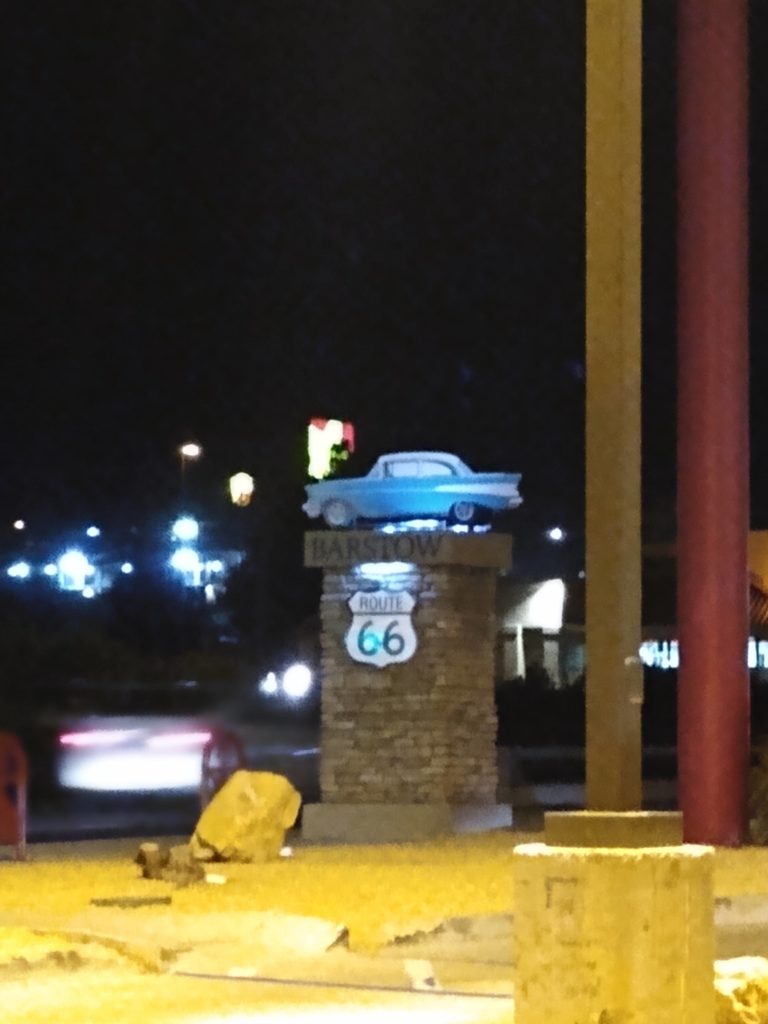
Travel Journal, 94
“We’re moving,” my dad said, “Heading to Tennessee.”
They had been wanting to get out of California for quite some time. And now seemed about as good a time as any.
I’m on the phone with him.
“That’s great!”
Honestly, I’d been expecting it and wanting to see them closer to us in the Midwest.
“When are you leaving?”
He answered that he had to be at his next place of work in about 2 weeks. My eyes got very big. I had already promised to help them move and drive their two cars across the country. California to Tennessee. With some finagling, I’d be able to get some extra time off work and fly to Sacramento in a couple of weeks.
Cut to two weeks later.
I stand at the garage sipping coffee, and looking outside. From the nearby radio speakers, a song by Tears for Fears declares that, “everybody wants to rule the world.” While I ponder the possibility of this declaration’s truthfulness, the song fades away and the station announces, “Continuous ’80s hits!”
But the cheese-ball, sing-song radio station group sings the words and pronounces each syllable forcefully.
It sounds more like, “Con-tin-you-us-hate-dees HITS!”
The sun warms me.
California is indeed beautiful. And though it’s winter time here too, you never have to shovel sunshine. California’s natural beauty is it’s best and most valuable resource. Mountains, deserts, ocean, and forests—California has it all. There should really be no reason for people to move out of California. But alas, there are many reasons, and most of them apolitical, though politics may be one of the catalysts for moving to a different state.
The cost of living is skyrocketing, taxes are outrageous, and the increasing homelessness verges on the post-apocalyptic. And don’t even think about the crime-rate. Now, people are leaving in droves.
As I stand sipping my coffee, I turn my head to see an enormous armored SWAT vehicle slowly (with haunting silence) coast by the house. Three SUV squad vehicles follow closely behind. And in the middle is a black van with six heavily armed officers hanging out of the sliding doors. They stop at a house a couple of blocks away and bust a huge illegal marijuana grow.
This is a normal thing. This happens all the time. My folks are looking forward to the change in venue.
So, we finish with the packing. And when the moving crew cleans out the boxes and beds, et cetera, we pack our own vehicles and begin the road trip. But before we leave, the truck driver gazes seriously into our eyes and tells us that we must stop for lunch at Rudy’s Barbeque in Amarillo, TX. My dad and I agree to these terms.
We left before noon. Still plenty of drivable day.
Ah, the great American road trip. It has been birthed out of the American culture, growing mainly from the post-world war II era. The glories of an excellent economy, reasonably priced vehicles, and an excellent highway system developed the tradition of the American road trip back in the ’50s. And starting in 1956, construction began on the interstate system. Most families had at least one car. The economy flourished. Families took to the road in search of the Grand Canyon, Mount Rushmore, cheap camping, and Wall Drug.
Such nostalgia like the famed route 66 and cheesy roadside tourist traps help to make Americana what it is today.
But our road trip more closely resembles a scene from The Cannonball Run than a leisurely road trip.
anthony forrest
